Jetpack’s a punch.
Back in 1999, Outcast released to massive acclaim, receiving over a 100 awards across the industry. Being one of the first 3D open-world games, it was a pioneer in the gaming space like none before it. While its 2017 remake certainly didn't pan out to join in on that conversation, a planned sequel for the original game dates back to well over 20 years ago, unfortunately cancelled when Appeal Studios filed for bankruptcy in 2002. So, when it was announced Outcast: A New Beginning would pick up the pieces of that scrapped sequel and be developed by many of its original team, I was pretty hyped to see if they could bring that same innovation to the gaming space once again. While Outcast: A New Beginning is a solid action-adventure title with some enjoyable action and mobility, its forgettable story, bland over-world structure, and confusing mission design can leave a lot to be desired.
This adventure once again has us taking on the role of Cutter Slade, a Navy Seal who has been thrown back into saving Adelpha as their proclaimed chosen one. In the previous game, Earth sent a probe into a parallel world, causing complications that would require Cutter Slade and a small team to track it down. However, upon their arrival to a strange alien world, Cutter was separated from his team, and displaced through time. This caused Cutter to explore a world already familiar with humanity, due to his colleagues existing on the planet for decades. It was a fascinating story that was rather satisfying. While the voice acting for Cutter is leagues better than the gruff action hero of Outcast: Second Contact, the 2017 remake, his design is more insurance salesman than James T. Kirk.
A New Beginning ties directly into the consequences of that story, bringing Cutter back to save Adelpha once again. I do like the way they tie in the events of the previous game, even if labeling this as “A New Beginning” makes it come off as being more a reboot than a direct sequel. Make no mistake, this is Outcast II in everything but name. Sure, you can play this with no prior knowledge of the first game, but the deep lore and world doesn't quite adapt itself to newcomers quite as well as I think they were hoping for. The story also fills in the gaps of what happened at the end of the first game and what Cutter has been up to since, a particular scenario I didn't see coming.
The story itself isn't nearly as satisfying as the previous game with a few of its plot beats really foreshadowed a bit too on the nose. You'll see a certain reveal coming a mile away with only the back end of the story really being on par with the ideas and concepts explored in the first game. While there are seeds of a good character arc with one of the leaders of this alien race, the other leader is left to their own devices a bit too much, making a key moment with them to not feel earned.
Much of the story’s inconsistency and its unrgency comes with the fact that you are interacting with each clan of this alien race to gain their trust and earn a special totem. This is done by taking on mundane chores and uninteresting requests of its people to earn said trust. There is a legit reason for why you are earning these totems, but it rarely feels important to Cutter’s actual mission. Some of these stories are fine enough, a few being somewhat touching, but they rarely distance themselves from just being bland and recycled fetch quests.
That said, one particular mission almost had me stone-walled as you'll tend to a series of three races high atop a city in the mountains. Where this nearly halted my progress was both due to a bizarre control scheme of lifting or lowering a flying creature's flippers, which do not go the way you think they would go, or the fact each race ran at anywhere from 5 frames per second to 10-15 seconds of the game locking up constantly. Between each race I had to reset my console to have it then run at around 15-20 fps before mid-way through the race that it would dip back to the 5fps. This whole series of races were nearly unplayable. In fact, I had to eventually hand the controller to my roommate as I simply had enough. And even then, they said the way it was designed wrecked their brain.
What adds to the overall disappointment to Outcast is each character you interact with pulls from one of three or four character models that are just outfitted with slightly different outfits or another shade of orange. Each village has a small handful of characters who will request aid with names and stories you'll likely forget by the time you've left the village to collect the plants or fruits you'll be tasked with tracking down. Each town has the same basic selection of characters to interact with or used as a store to buy or sell a small assortment of items. It's a shame since the world here is rather impressive with some spacious and well-crafted towns that can at times look incredibly gorgeous.
Each village you'll assist will see its request added to its own mission menu, viewable when you click on that village on the map. This then brings up a connecting honey-comb UI that details their request as well as indicating that some events take time to complete, such as your quest giver crafting items or the growing cycle of a creature that has recently hatched. Early on, I didn't care for the UI as I found it more confusing than intuitive, unsure just exactly what it was requesting of me as certain missions would not light up. Even when a mission would light up, it was often completed and yet telling me It was a new task. While I now realize why they did what they did, I can't help but feel there could have been a more concise and cleaner way to convey all this information.
Apart from your tasks to earn the citizen’s trust, you'll have activities to find, fast travel spots to unlock, and bases to conquer. Some bases will be blocked by a shield until you progress the story, and activities range from following a moving essence from pillar to pillar, rewarding you with an increase to your health, to following a path to a plant you'll melee to earn a particular upgrade currency. The bases that are available to you are filled with robots brought forth by a series of invaders to the planet. From activating podiums to unlocking doors, the cleansing of these bases reward you with currency to level up your skills. Most of these bases have you also destroy a reactor, and a few of these will shut down a field that protects a big drill to then trigger a mini-boss encounter. This fight is exactly the same each time you do it. In fact, you'll be so overpowered on the last drill that you'll kill it in seconds. Another activity on the map is a threatening plant that is powered by nearby creatures that can be destroyed once you eliminate the creatures that roam around it. And since all of these activities lend themself to increasing your own capabilities, they are worth doing, even if they feel like your standard copy and pasted events that litter every open-world game.
Gameplay across Outcast flows into two lanes. Gun combat, with a melee shield you can use to also block incoming fire, and that of your jet pack, used either in combat but built mainly to traverse the world. Throughout the game you'll have a pair of guns that can be upgraded to allow modules that change how they fire and can significantly alter their fire rate and power. Eventually, I got both guns to a place where they both were wildly different and yet equally powerful. I was a bit disappointed that you cannot upgrade the shield in the same way. Sure, you affect it through your skill trees, which is the same with your jet pack, but being able to tinker with your shield in the same way as your guns would have been interesting. Imagine a module that reflected the damage back to your foe, or a melee attack that froze them in place.
Your jet pack, as well as a variety of other traits are able to be leveled up and enhanced. Once you have enough jetpack charges, as well as unlocking the glide and the boost, you'll be zooming and flying across the map in some rather fun moments. There is a bit of jank to some aspects of it, but when I went back to Final Fantasy 7: Rebirth once I wrapped credits, I missed being able to use a jetpack to move around. This then told me the game was doing something right. Though, if I did have to knock something about Outcast’s mobility, it is that Cutter cannot mantle up missed cliff edges, which is incredibly frustrating. He must have missed that day of training being a Navy Seal.
Shooting can feel just as thrilling as your jet pack, especially when you take advantage of a very generous auto-aim. Picking birds out of the air or fast moving creatures means simply just pointing the cursor in their direction. The melee can feel like it could have benefitted from another foot or two range, but once you level it up to be charged, it feels more useful in your overall kit. Now, all that said, the enemy variety in Outcast: A New Beginning is dreadful. In any given situation, you are fighting the same drones, robots, and insects constantly, albeit with a few different colors or variations. A large worm-like creature has the Garondar, but its Alpha version is just the same thing but red. While the story does paint them into a corner in some regards, I feel having more variation in their robot or creature index would have only benefitted the game.
Speaking of creatures, you’ll eventually gain power of some of them. You’ll craft special items that allow you to bring Gardondar’s into battle, or even swarms of insects. I didn’t use these as often as I thought I would have, but summoning creatures are not the only abilities you’ll gain. In the game’s early moments, you’ll have the ability to trigger a freeze blast that freezes nearby enemies for a decent amount of time. Other powers will come when you push through the main story, including one that changes how you engage in combat entirely.
While the overall voice acting isn’t terribly impressive, I do have to commend the team on having a lot of it, even if 25% of it is Cutter and someone else mocking his human way of speaking. Nonetheless, audio is more than serviceable here with some allright music that does a lot to set the tone. Visually, Outcast: A New Beginning has its moments. The world itself is visually impressive, especially from a small team. Character models are what they are and rarely impress, but to say this is a visually disappointing game overall is not even remotely true.
I played the bulk of my time in quality mode as performance mode, which has the better framerate, has significant screen-tearing for tv’s that don’t support VRR. It was unfortunately unplayable as it was far too constant in its technical hangups. Quality mode was nonetheless very playable, despite the lower framerate. I never felt it made shooting or moving around to be sluggish at all, making it still more than ideal to experience the game through.
Outcast: A New Beginning is exactly that type of OG Xbox or early Xbox 360 game made yet again for a modern audience. It can at times look fantastic, but character’s don't always shine and the technical issues present, at least in the review build, made for a tiring experience of seeing massive framerate drops, excessive screen-tearing, and more. While these issues are set to be addressed in a day one patch, that is something I cannot speak to currently. This return to Cutter Slade is enjoyable, but not everything works well, especially coming from a team that built the first 3D open-world game. If Cutter Slade is destined to return, then more work needs to be given to make its open world feel as innovative as the series was once known for.
Developer - Appeal Studios. Publisher - THQNordic. Released - March 15th, 2024. Available On - Xbox Series X/S, PS5, Windows. Rated - (T) - Violence, Langauge, Drug Reference. Platform Reviewed - PlayStation 5. Review Access - Review code was provided by the publisher for the purpose of this review.


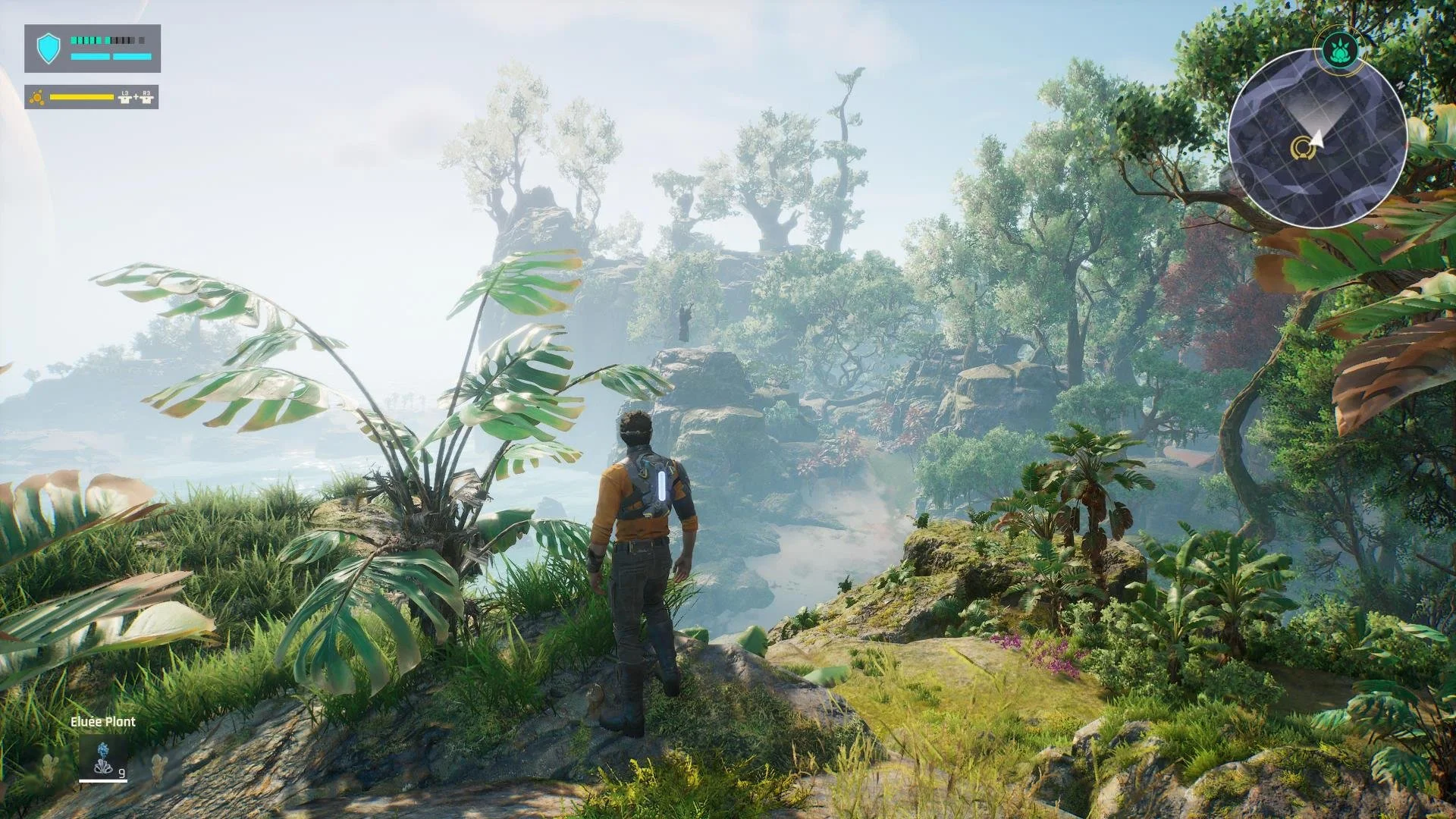


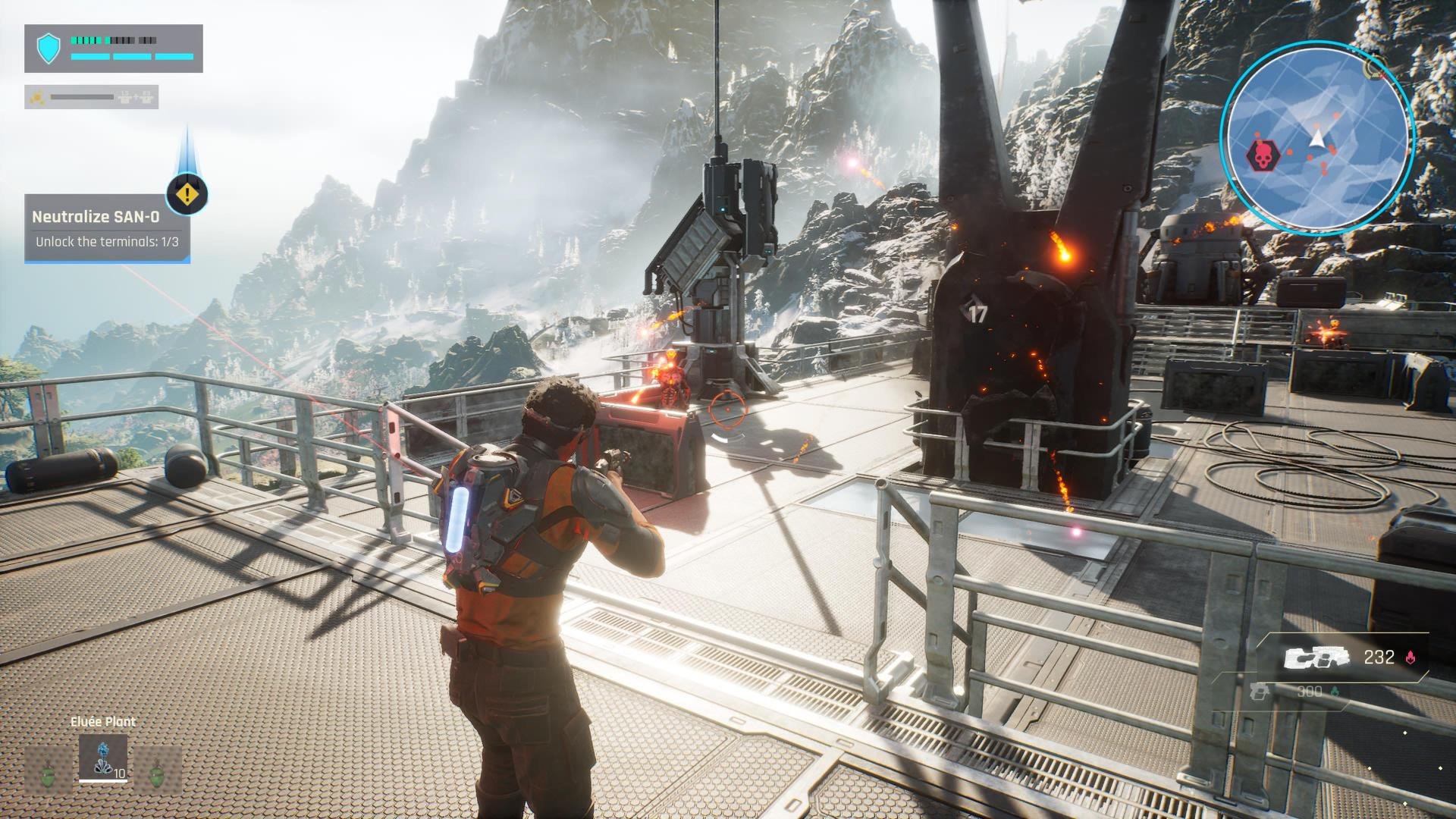

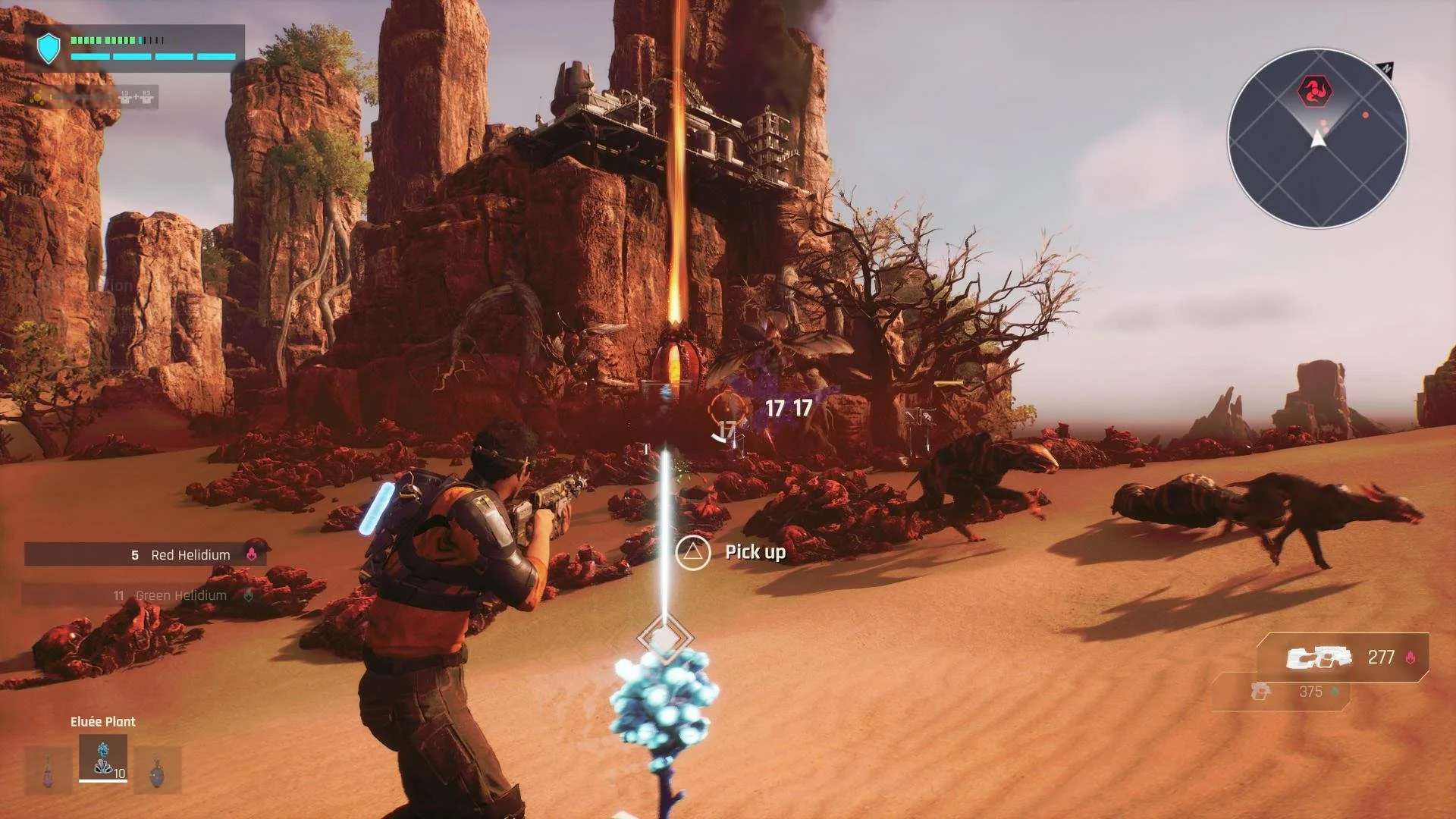

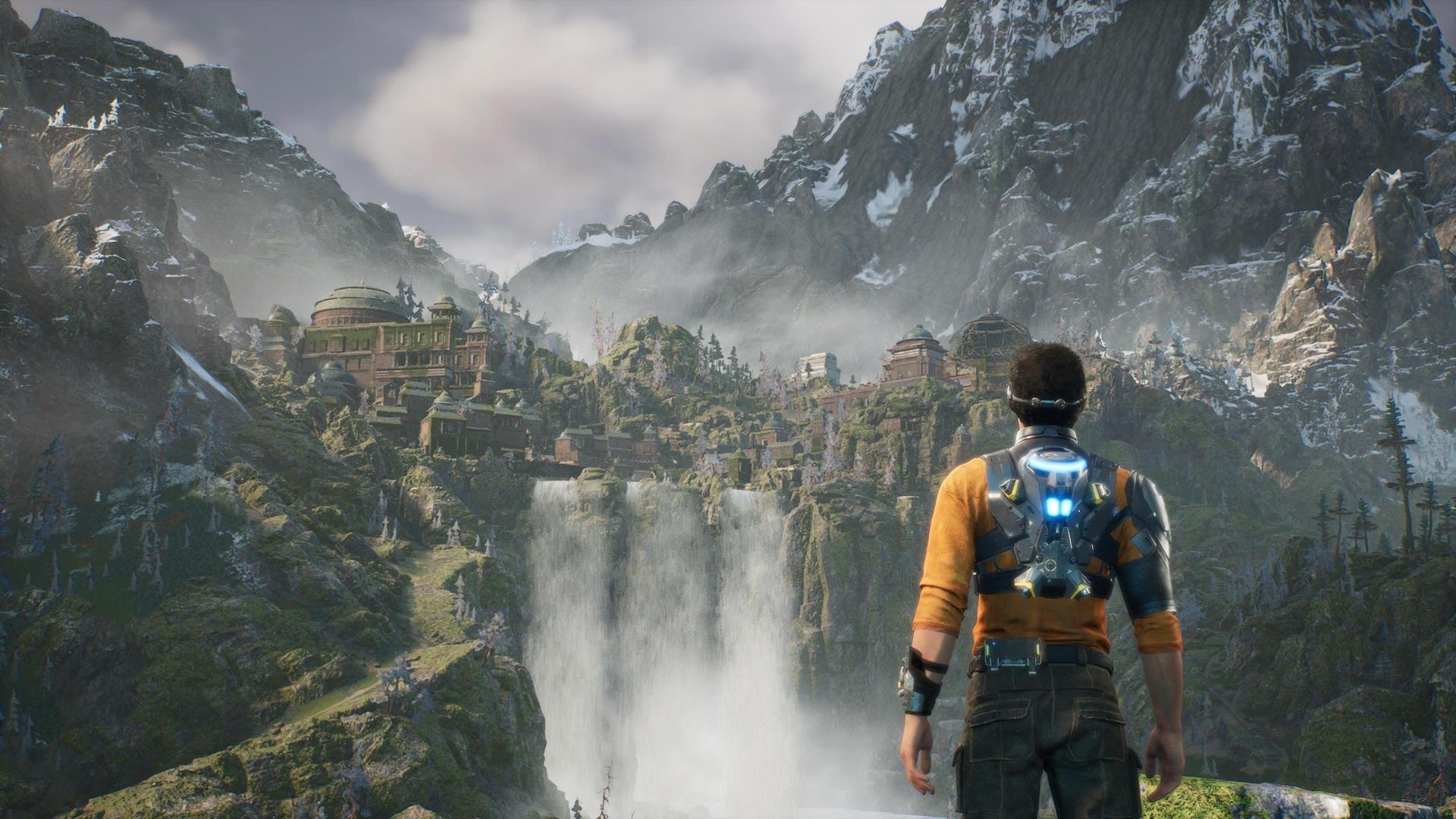
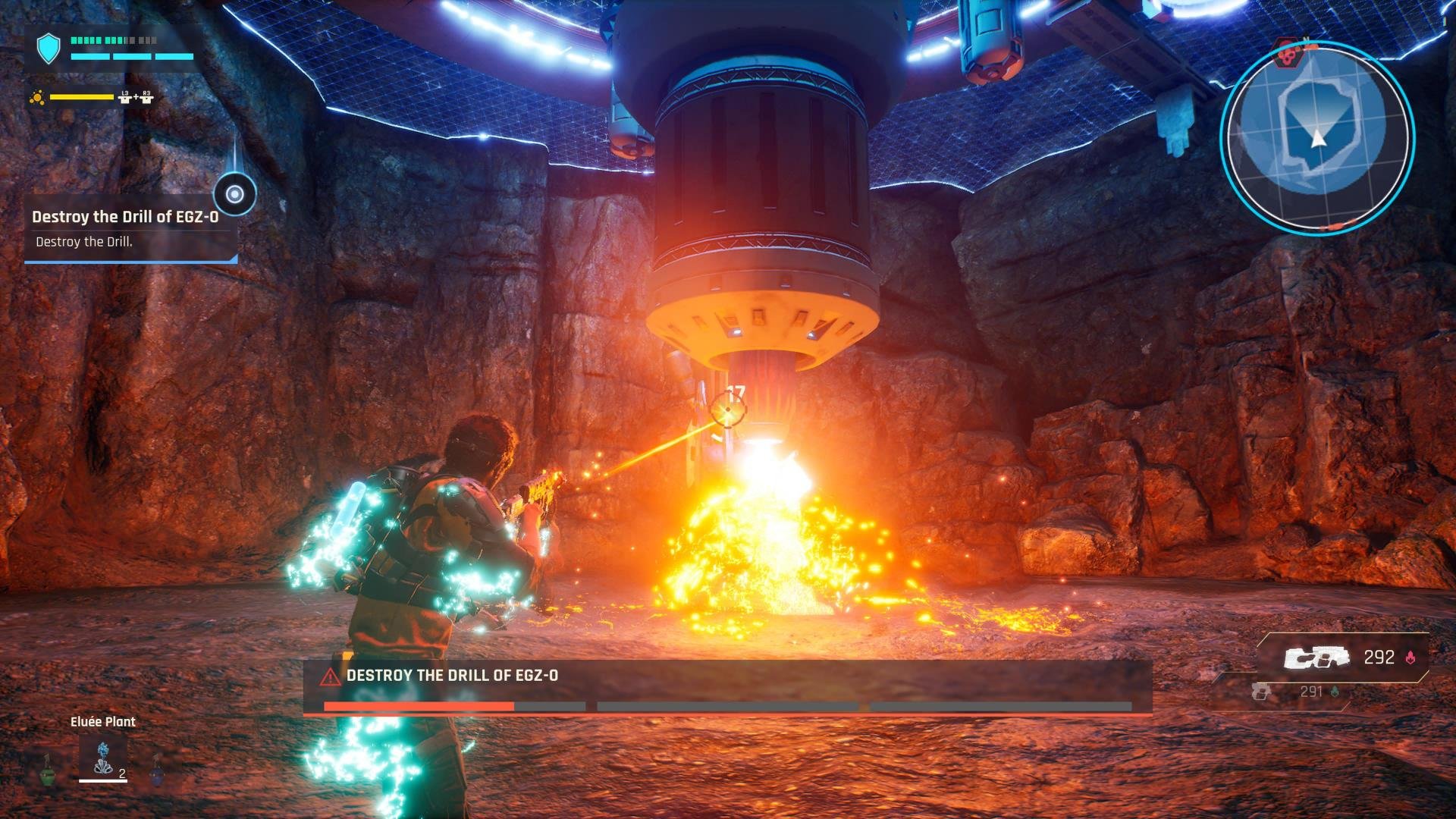
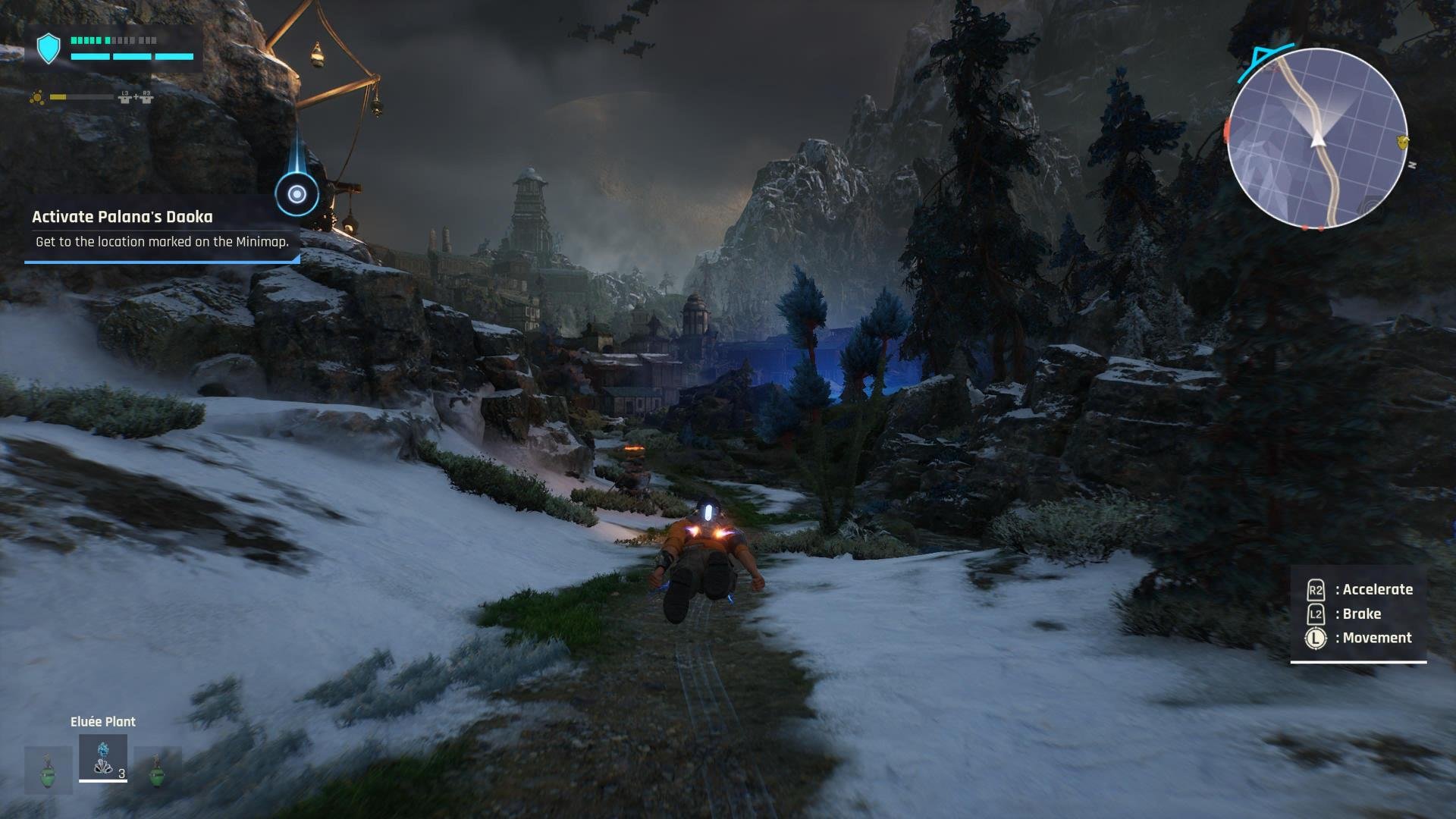
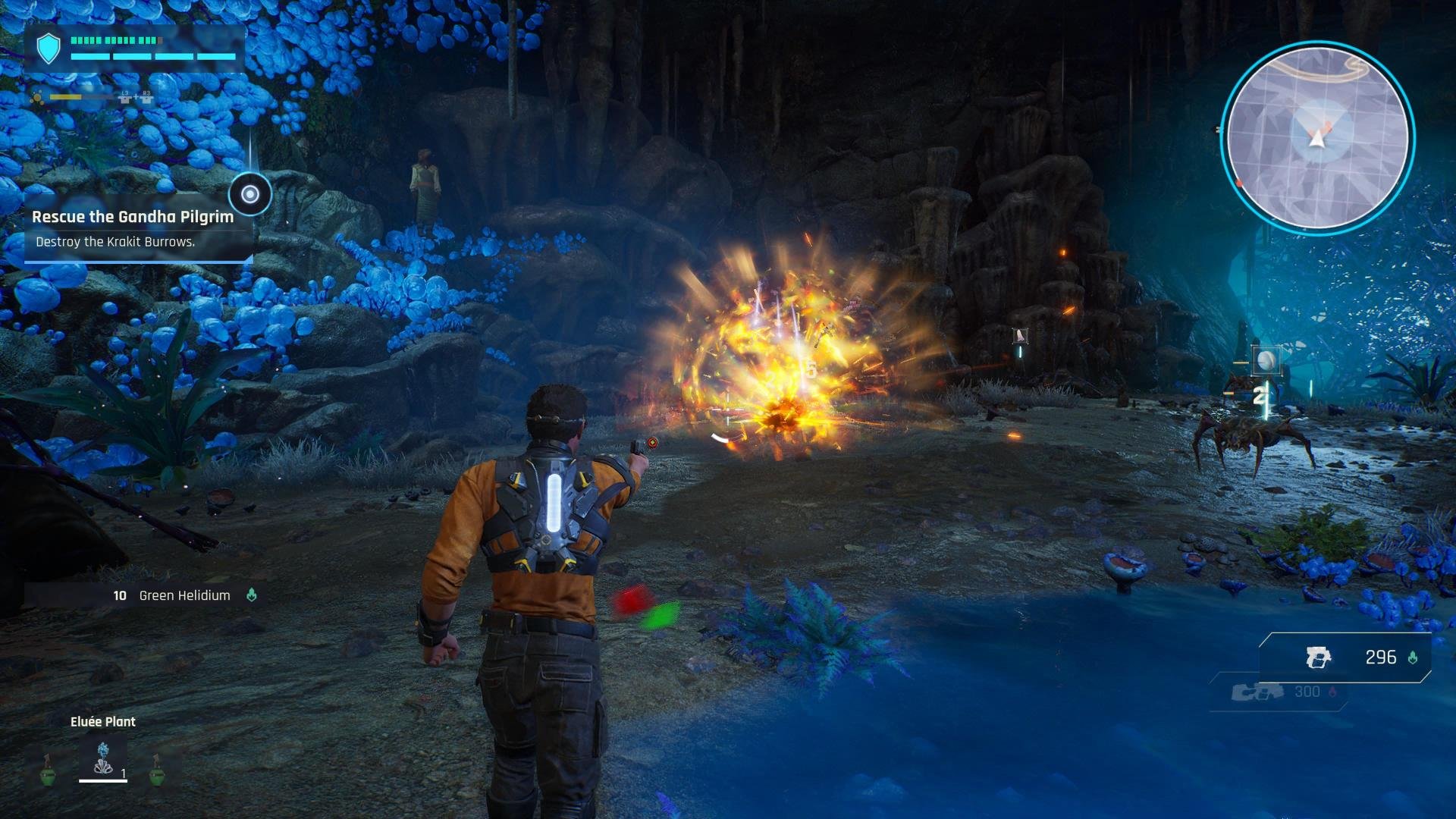

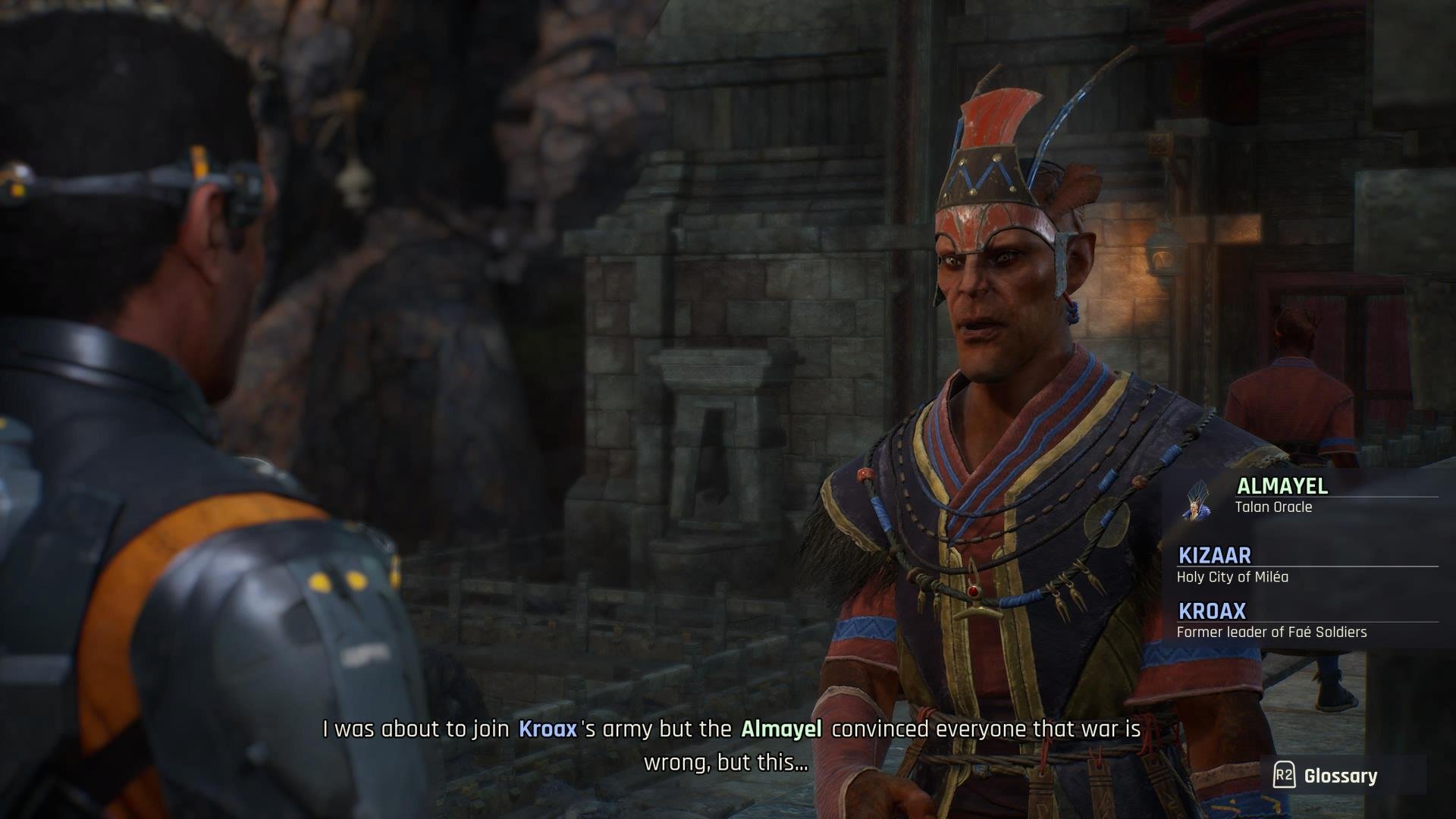

Jeff is the original founder of Analog Stick Gaming. His favorite games include The Witcher III, the Mass Effect Trilogy, Hi-Fi Rush, Stellar Blade, Hellbade: Senua’s Sacrifice, and the Legend of Heroes series, especially Trails of Cold Steel III & IV.